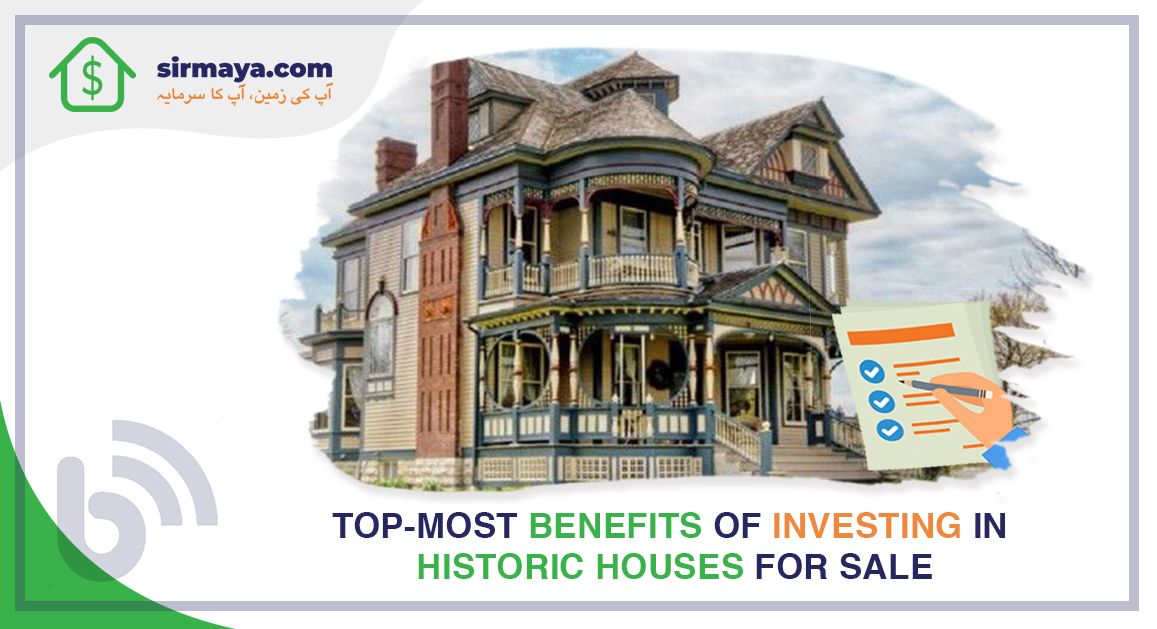
Exploring Housing Options for People with Disabilities
Finding a place to call home is a fundamental need for everyone, but for people with disabilities, it often involves navigating a world not always built with their needs in mind. A home is more than just a roof over one’s head; it’s a space of comfort, safety, and independence. In this article, we’ll explore the diverse housing options available for individuals with disabilities, ensuring that everyone has the opportunity to find their perfect dwelling place.
Understanding the Necessity of Inclusive Housing
Before diving into the housing options, it’s vital to understand why inclusive housing matters. A disability can come in many forms—physical, intellectual, sensory, or mental health conditions—and each type may require different accommodations. Inclusive housing is designed to be accessible, removing barriers that can make everyday activities a challenge for some. It’s about promoting independence and allowing individuals with disabilities to live life to the fullest.
Types of Housing Options
When it comes to housing for people with disabilities, there isn’t a one-size-fits-all solution. Each person’s needs and preferences are unique, and thankfully, there are multiple paths one can take to find the right home.
1. Accessible Private Homes
For many, the dream is to live independently in a private home. Accessible homes are designed or modified to accommodate the needs of people with physical disabilities. Features often include no-step entries, wider doorways, and accessible facilities like bathrooms and kitchens that are suitable for wheelchairs. Home modifications can also be made, such as installing grab bars, stairlifts, or adjustable counters. When searching for an accessible home, it’s important to consider the location and proximity to essential services, such as healthcare, grocery stores, and public transportation.
2. Government-Subsidized Housing
In many places, the government offers subsidized housing to low-income individuals, including those with disabilities. These housing programs provide financial assistance, making it more affordable to live in an apartment or house that meets accessibility standards. You might come across terms like “Section 8” housing or “public housing,” which are programs designed to help. It’s worth investigating these options and getting on the waiting list as soon as possible, as they often have long wait times.
3. Group Homes
Group homes are shared residences typically for people who have similar support needs. They offer a blend of independence and support, with staff available to assist residents with daily activities, healthcare needs, and social interactions. Group homes can be an excellent option for individuals with intellectual disabilities or those who thrive in a communal living setting.
4. Assisted Living Facilities
For those requiring more support with daily activities or medical care, assisted living may be the answer. These facilities offer a residential setting with varying levels of assistance. While promoting independence as much as possible, they provide help with meals, medication management, and personal care. Some facilities specialize in caring for residents with specific types of disabilities, offering tailored programs and trained staff.
5. Cohousing and Inclusive Communities
Cohousing is an innovative option where people choose to live as part of a community, with private homes centered around shared spaces like gardens, recreational areas, and common houses. These communities often foster a strong sense of support and collaboration, making them a compelling choice for people with disabilities. The inclusive design of such communities means accessibility is considered from the ground up, allowing for easy navigation and social interaction for all residents.
Finding the Right Fit
So, how does one go about finding these housing options? Here are some essential steps:
- Assess Your Needs: Identify what type of accommodation, support, and services you or your loved one needs. Including a healthcare professional or social worker in this conversation can be helpful.
- Research: Look into the various housing options in your desired area. Local disability organizations, housing authorities, and online resources can provide valuable information.
- Visit: If possible, visit the housing options to get a true feel for the environment and accessibility features. This step is crucial in making an informed decision.
- Finances: Understand the costs associated with each housing option and investigate financial support programs that may be available to you.
- Legal and Advocacy Support: Seek out legal advice or advocacy support if you run into barriers or require assistance in accessing certain housing programs or accommodations.
Conclusion
Everyone deserves a place to live that not only provides shelter but dignity and a chance for personal growth. For individuals with disabilities, the quest for the right housing might present certain challenges, but knowledge is power. By exploring the available housing options and arming oneself with the right information, finding a home that caters to one’s needs and allows for a full, rewarding life is absolutely achievable. Let us all advocate for more inclusive housing solutions, ensuring safe and accessible housing for those who need it most.